Lithium-ion batteries are vital for powering many modern technologies. To ensure their effective use and optimal performance, it is essential to understand their lifespan, which can be divided into three key categories: cycle life, calendar life, and battery shelf life. These parameters influence the battery’s reliability, efficiency, and application suitability.
What is the Shelf Life of Lithium Battery?
Battery shelf life is indeed a crucial factor for producers, distributors, and end users managing battery inventories. It represents how long a battery can be stored without significant loss of capacity or performance, ensuring that the battery will function properly when finally put to use. Importantly, shelf life does not indicate the entire operational lifespan of the battery but rather the period it can remain in storage while retaining its efficiency.
A battery’s shelf life is indeed determined by the manufacturer based on some factors, including battery chemistry, construction, and storage conditions. The date printed on the battery often corresponds to the production date or manufactured date. This date is a useful reference point for estimating the battery’s shelf life, which is usually specified by the manufacturer. Shelf life can range from a few years to more than a decade, depending on the battery type and storage conditions.
How Can Lithium Battery Shelf Life Be Extended?
Extending the shelf life of a lithium battery can help maintain its performance and maximize its usability over time. There are several strategies that manufacturers, distributors, and consumers can follow to prolong the shelf life of lithium-ion batteries:
- Temperature Control
Lithium batteries should be stored in cool environments, ideally between 15°C and 25°C (59°F to 77°F), and avoid high temperatures.
- Charge to an Optimal State
Store at a partial charge. It is generally recommended to store lithium-ion batteries at a charge level of around 40-60%. However, Storing a completely drained battery can cause irreversible chemical changes, which shortens its lifespan.
- Humidity Control
Batteries should be stored in a dry environment to avoid moisture damage, which could lead to corrosion or short-circuiting.
Many battery producers and manufacturers employ a “first-in, first-out” (FIFO) inventory management system to ensure that older batteries are used before newer ones, helping prevent the degradation of batteries that might otherwise sit unused for extended periods. This approach helps maintain the overall quality and performance of the battery inventory.
You can learn more about battery storage by clicking here.

What is the Cycle Life of Lithium-ion Battery?
The cycle life of a lithium-ion battery refers to the number of charge and discharge cycles it can undergo before its capacity declines to a specified percentage of its original capacity, often set at 80%. This metric is particularly important for applications where the battery is frequently cycled, such as in electric vehicles, power tools, and energy storage systems.
A complete cycle occurs when a battery is fully charged and then discharged. Even partial cycles (charging or discharging only partially) contribute to the overall cycle count. As the battery ages, these chemical reactions cause wear and tear on the electrodes and electrolyte, leading to a gradual decrease in the battery’s energy capacity in our article “Understanding the Life Cycle of Lithium-Ion Batteries”.
Affecting The Cycle Life of Lithium Batteries Factors
The cycle life of lithium-ion batteries is influenced by several factors, which impact how long a battery can continue to charge and discharge effectively before its capacity significantly degrades.
- Depth of Discharge (DoD)
Deeper discharges typically shorten cycle lives. For example, a battery that is continuously depleted to 20% capacity may have fewer cycles than one discharged to 50% capacity.
- Temperature
Extreme temperatures hasten deterioration. High temperatures increase the rate of chemical reactions inside the battery and low temperatures cause lithium plating on the anode.
- Charge/Discharge Rates
Rapid charging or high-power discharges might strain the battery structure and shorten cycle life.
Manufacturers of electric vehicle (EV) battery packs, such as Tesla, often offer warranties that reflect the high durability expectations for their products. An 8-year or 100,000-mile warranty is common across the industry, underscoring the importance of battery reliability and longevity in EV applications.
What is the Calendar Life of Lithium-ion Battery?
Calendar life, compared to cycle life, is determined by storage time rather than usage time. It indicates the entire life of a lithium-ion battery. It is important to use infrequently or require long-term storage, such as backup power systems and seasonal equipment.
Affecting the Calendar Life of Lithium Batteries Conditions
- State of Charge (SoC)
Increased SoC during storage hastens aging. Storing batteries at 40-50% SoC is frequently advised for maximum lifetime.1
- Temperature
High temperatures accelerate calendar aging. When the temperature range is from 35°C~40°C for LFP, the calendar life is 5-6 years. But over 45°C, the calendar life will be shortened to 1-2 years.
- Battery Chemistry
Different cathode materials have varying calendar life properties. For example, lithium iron phosphate (LFP) batteries often have a longer calendar life than nickel-rich chemistries.
Calendar life is critical for grid energy storage systems that may be unused for extended periods. The National Renewable Energy Laboratory (NREL) discovered that calendar aging could account for up to 50% of capacity loss in some grid storage devices.
Comparative Analysis: Cycle Life, Calendar Life, and Shelf Life
To understand well the differences and relationships between cycle life, calendar life, and shelf life of lithium-ion batteries, we’ll explore more from all aspects.
| Items | Cycle Life | Calendar Life | Shelf Life |
| Definition | Number of charge-discharge cycles before capacity drops below a specified threshold (typically 80% of original) | Total lifespan of the battery, regardless of usage | Duration a battery can be stored without significant degradation |
| Primary Factor | Usage patterns | Time | Storage conditions |
| Key Influences | 1. Depth of discharge 2. Charge/discharge rates 3. Operating temperature | 1. Ambient temperature 2. State of charge during idle periods 3. Battery chemistry | 1. Storage temperature 2. State of charge during storage 3. Humidity levels |
| Typical Range | 500-3000 cycles (varies by chemistry and usage) | 3-15 years (depends on conditions and chemistry) | 3-12 months (for optimal performance, can be longer) |
| Optimization Strategies | 1. Avoid deep discharges 2. Use moderate charge/discharge rates 3. Maintain optimal temperature range | 1. Store at moderate temperatures 2. Keep at 30-50% state of charge when idle 3. Use advanced BMS for voltage management | 1. Store in cool, dry conditions 2. Maintain 40-50% state of charge 3. Periodic health checks and recharging |
| Interplay with Other Factors | Frequent cycling can impact calendar life | Long idle periods affect cycle life performance | 3-15 years (depending on conditions and chemistry) |
This comparative analysis highlights the complex connection between cycle life, calendar life, and shelf life. The various environments and time frames will affect the overall longevity and performance of lithium-ion batteries. Choose CMB as your trusted custom lithium battery pack manufacturer to ensure long-lasting, reliable batteries tailored to your specific application needs.
Lithium Battery Shelf Life, Calendar Life, and Cycle Life FAQs
Q: How long is the shelf life of a lithium-ion battery?
A: A lithium-ion battery’s normal shelf life is 3-12 months for optimal performance.
Q: What factors affect the calendar life of a lithium-ion battery?
A: The key elements affecting calendar life include:
- Ambient temperature
- Idle charging state
- Battery Chemistry
- Battery manufacturing quality
Q: Does fast charging affect the cycle life of a lithium-ion battery?
A: Yes, frequent fast charging shortens the cycle life of a lithium-ion battery. Fast charging produces more heat and puts additional strain on the battery structure, leading to faster degradation.
Q: Is it better to store lithium-ion batteries fully charged or discharged?
A: Neither extreme is ideal. For optimal shelf life, store lithium-ion batteries at about 40-50% charge. Storing at full charge situation can accelerate aging while storing completely discharged can cause deep discharge and damage the cell risk. Lithium-ion battery manufacturers often charge their battery packs to approximately 60% state of charge (SoC) before shipping.
Q: How do I know when to replace my lithium-ion battery?
A: Replacing your lithium-ion battery when you meet these situations.
- Its capacity has dropped to about 60-70% of its original capacity.
- It shows signs of physical swelling or damage
- It was used for 3-5 years (depending on usage and battery quality)
Q: Do unused batteries expire?
A: Yes, unused batteries can expire over time. Even when not in use, chemical reactions inside the battery cause a gradual loss of capacity, leading to battery expiry. The battery expiration date varies depending on storage conditions and battery type. For lithium batteries, proper storage in a cool, dry place helps slow down the aging process, but they still eventually expire. Always check the battery expiration date to ensure reliable performance when needed.
Q: How long can a lithium-ion battery last without charging?
A: If lithium batteries are not charged and not used for a long time, they will lose capacity due to self-discharge. According to the self-discharge test done by CMB engineers, We believe that lithium-ion batteries can be stored at safe temperatures for more than six months.
Q: Do lithium batteries expire if not used?
A: Yes, lithium batteries can expire even when not in use. Lithium batteries will have a shorter lifespan as their contents chemically degrade over time. Always check the expiration date on your batteries and store them in a cool, dry place to extend their shelf life.


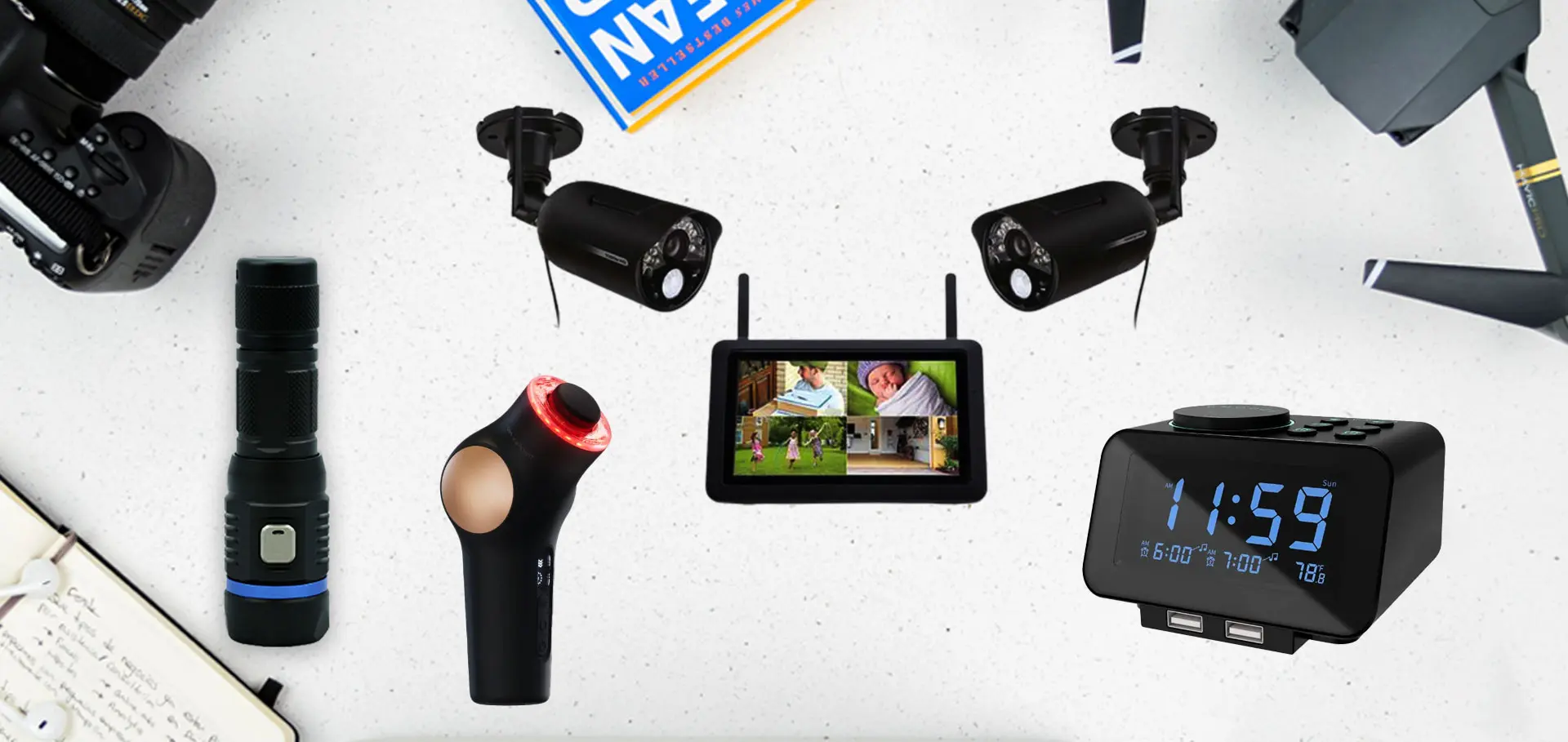
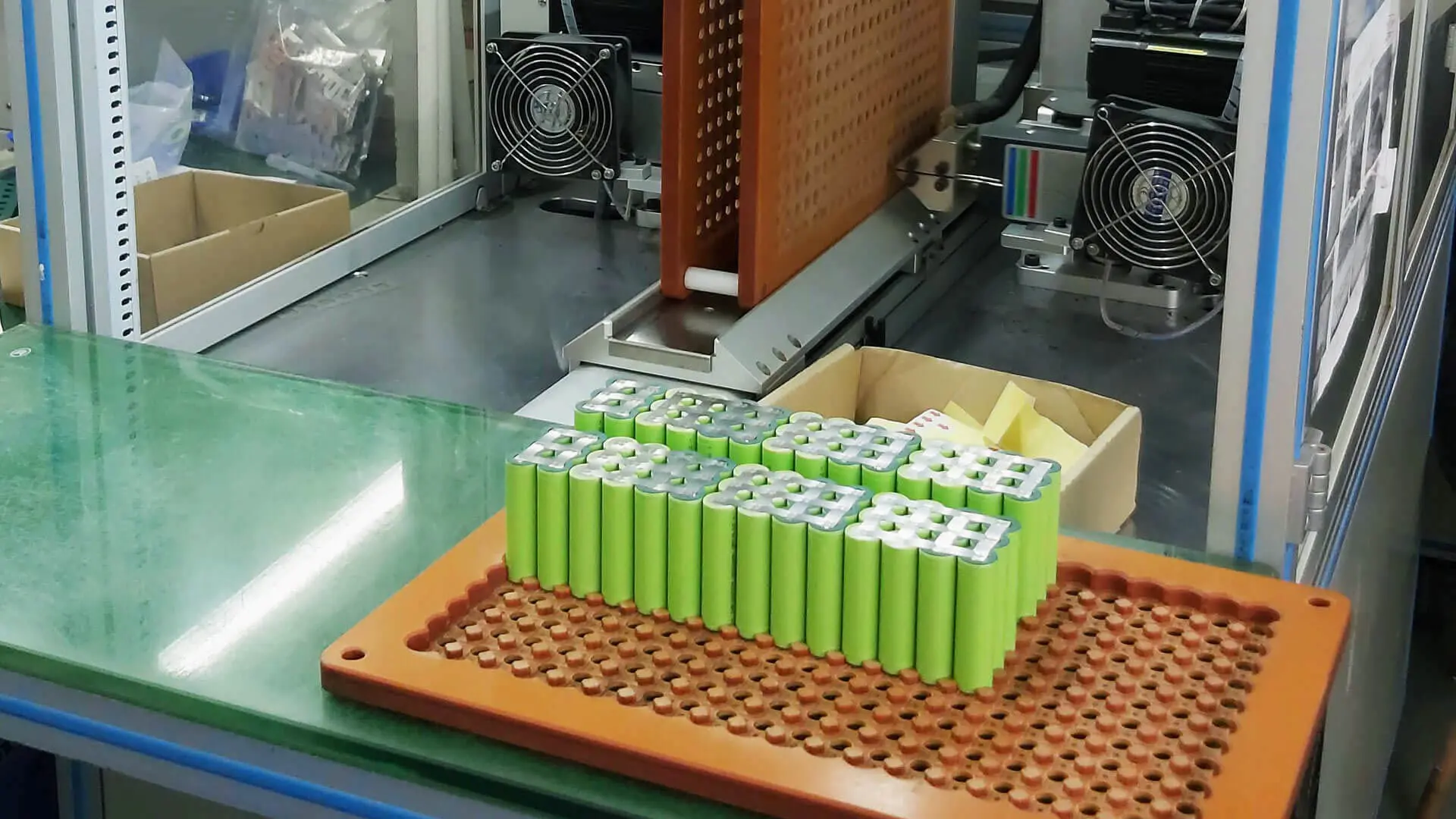
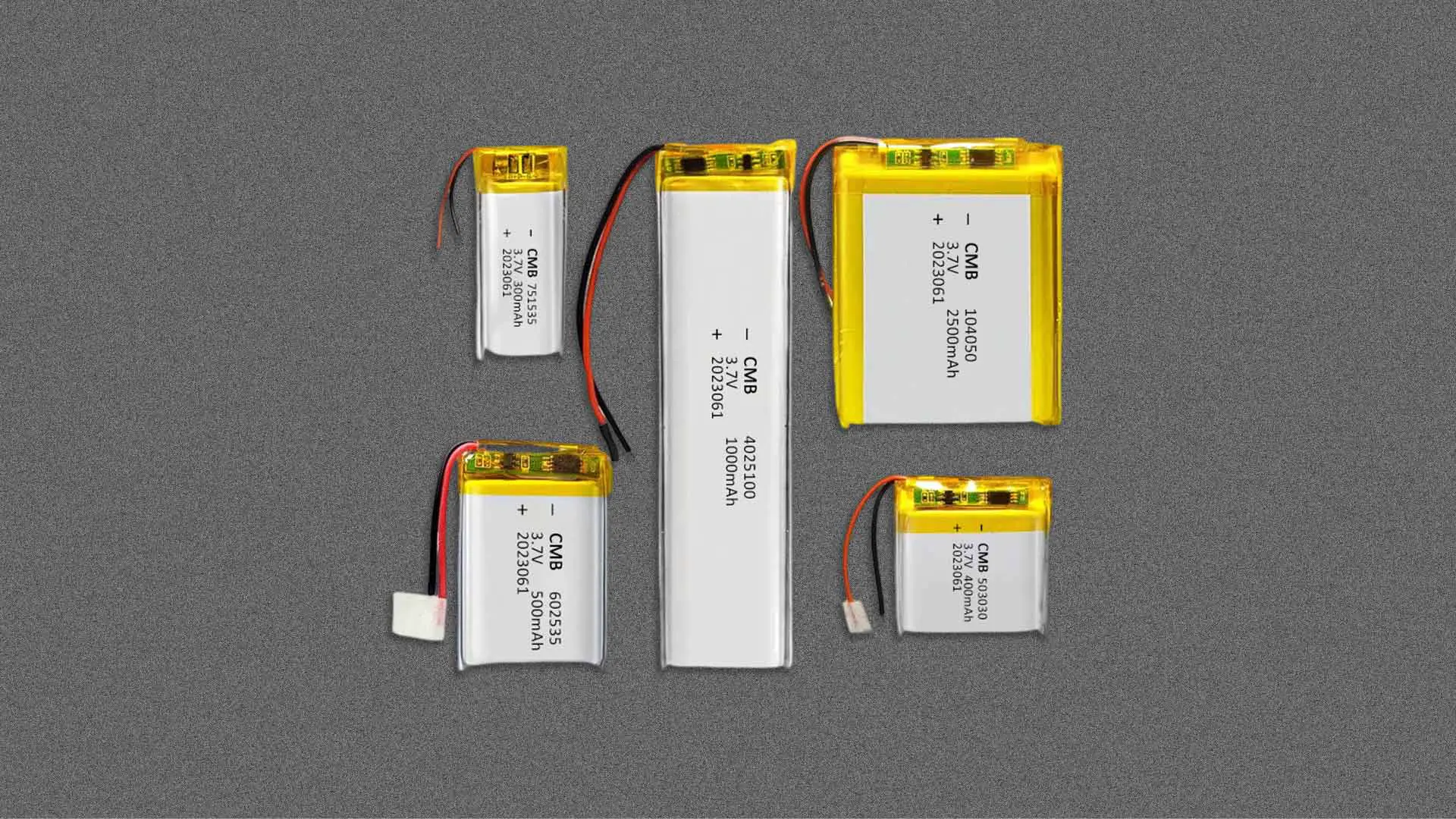

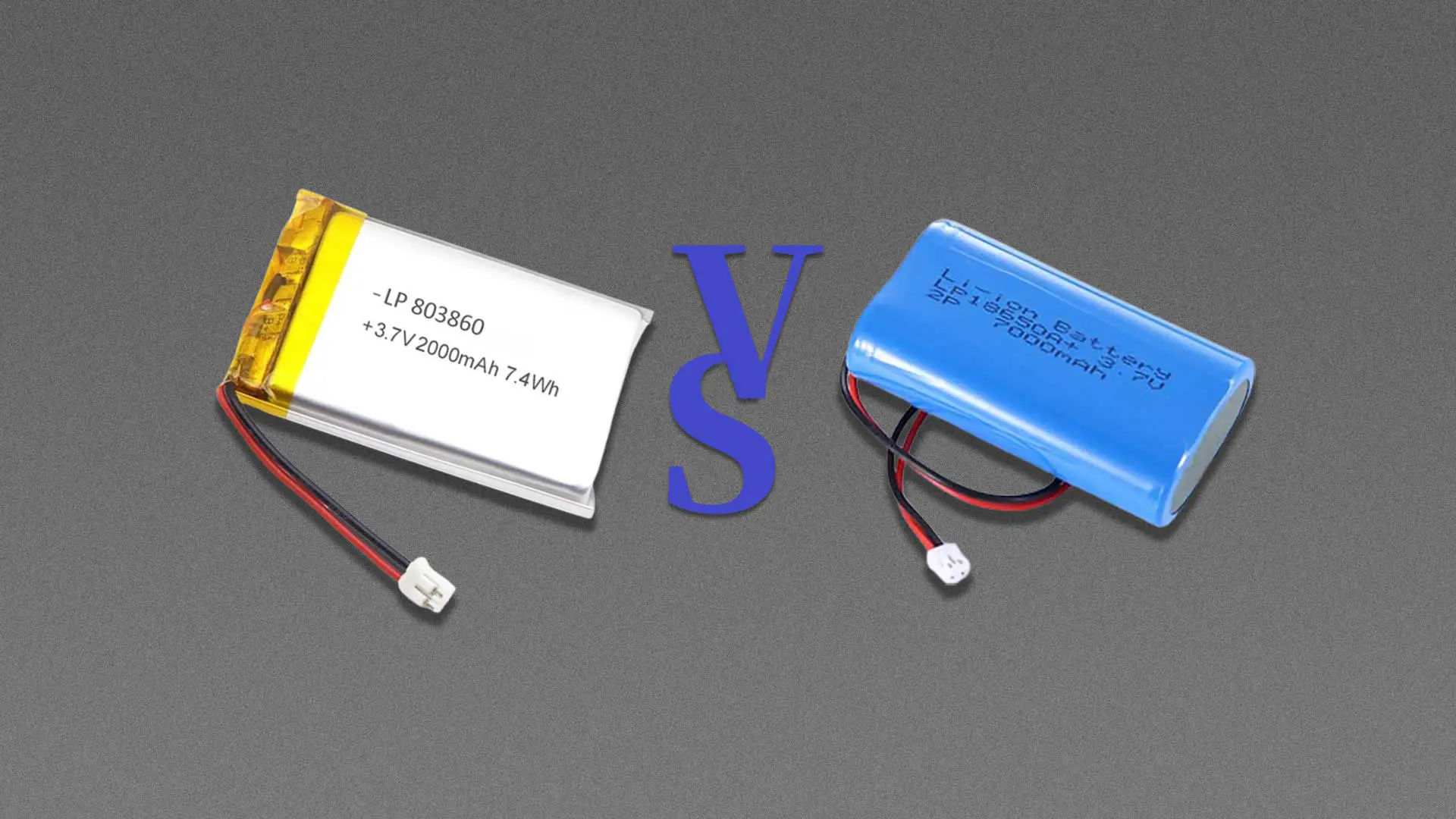



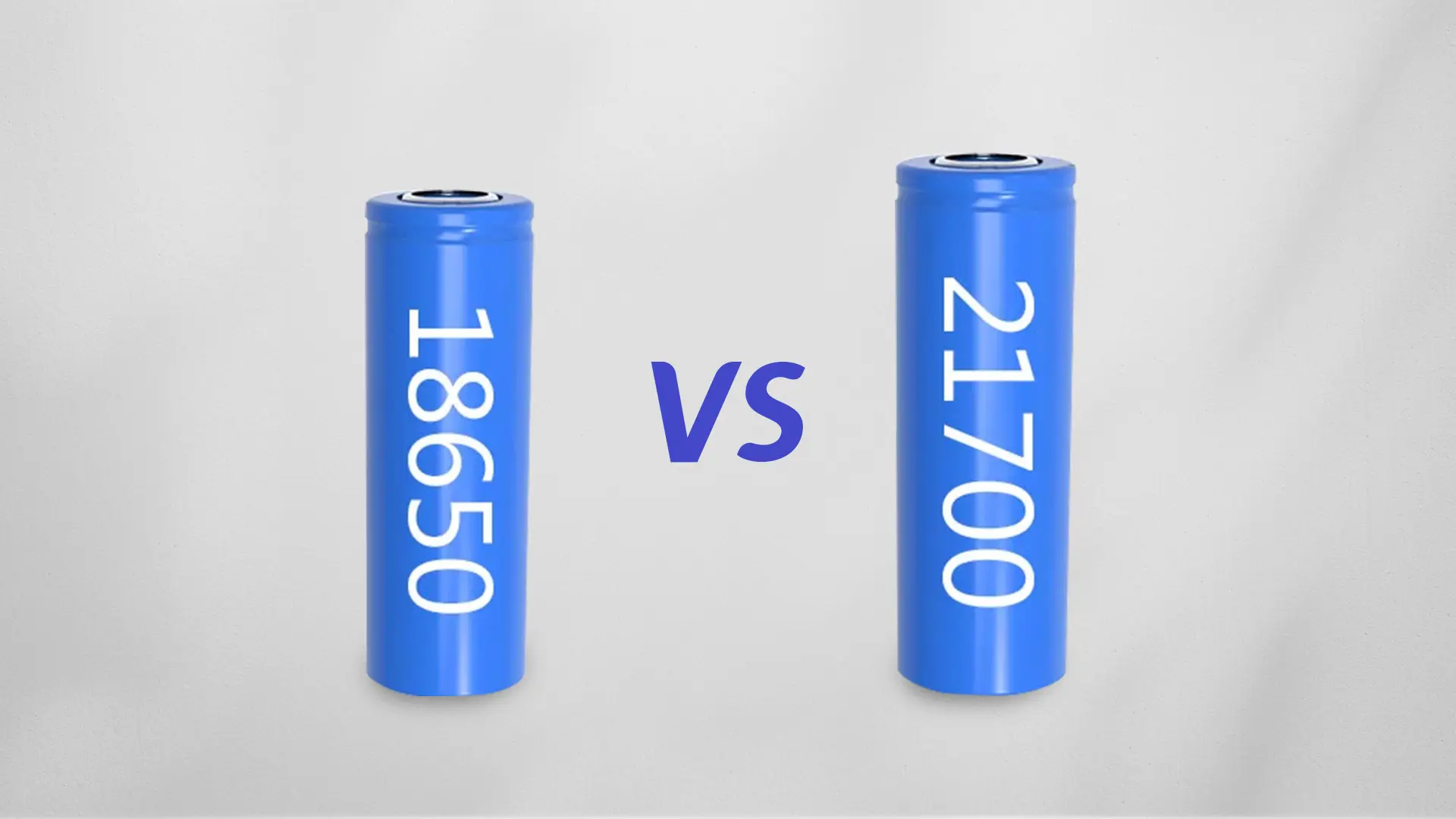

One thought